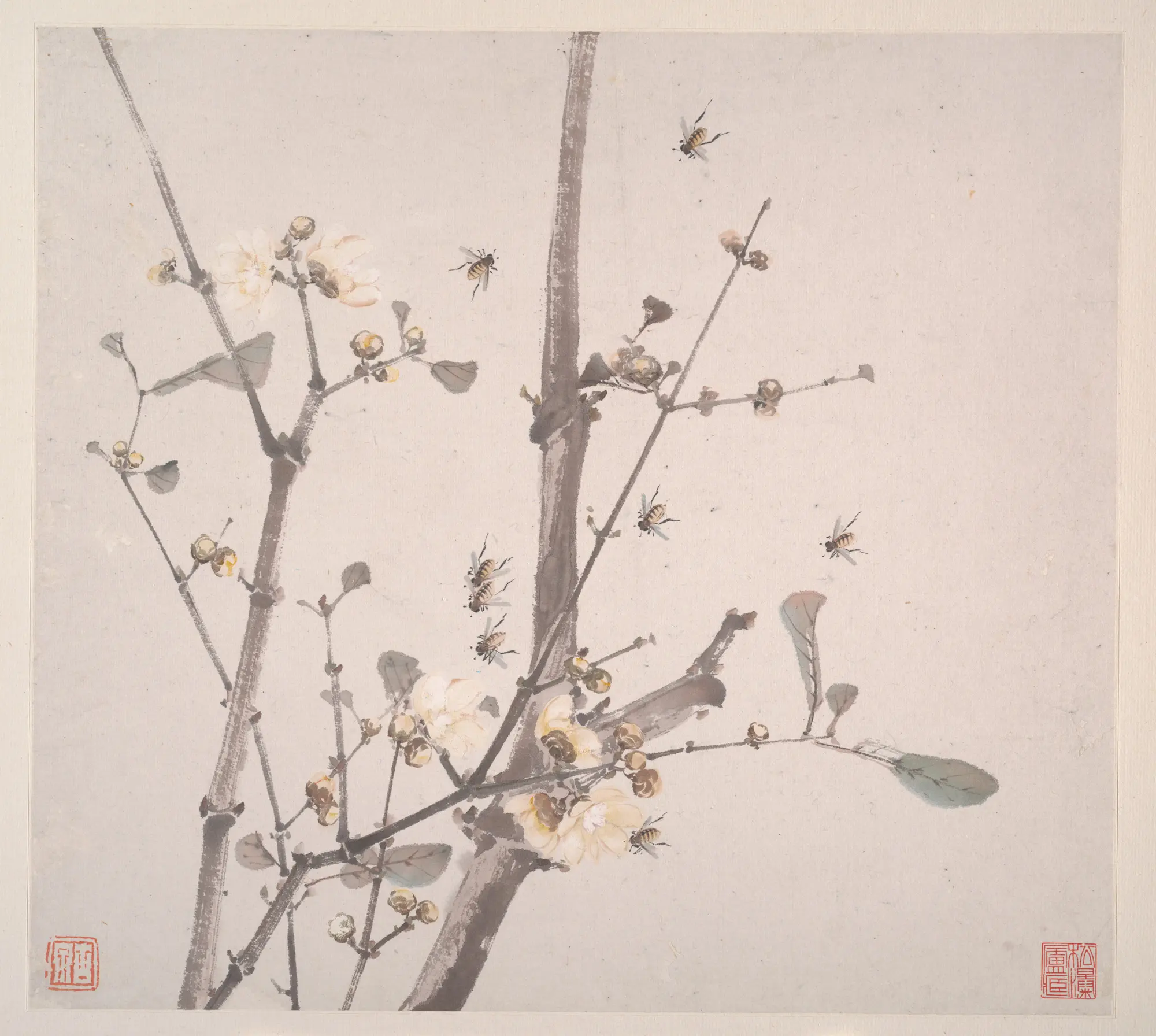Learn Chinese Characters

In order to achieve literacy in Chinese, one must first learn over 3,000 Chinese characters. For new and experienced learners of Chinese, it is often not clear where to start, or what order to learn them in.
HanziHero is a Chinese character learning application that leverages spaced repetition and mnemonics to teach Chinese characters in an optimal order.
Let’s go in depth on the essential aspects of a Chinese character, and cover how we teach those aspects from the bottom-up to help you achieve Chinese literacy.
- Aspects of a Chinese character
- Learning each character from the bottom up
- Learning characters slowly and steadily
- Learning 3,000 characters in optimum order
- Learn extra characters, too
- Start learning character components with HanziHero today
Aspects of a Chinese character
Each Chinese character has a couple of different aspects that need to be learned. First one must understand and become familiar with the visual form of the character. Then one must learn the pronunciation of the character, often transcribed with pinyin. Finally, one must understand how that character is used to form words or sentences.
Chinese character components
Each character has its appearance, which is its own arranged pattern of strokes. For example, the character for good is 好.
In Chinese, there are different groups of strokes that show up across multiple characters, often referred to as components. In the case of 好, it has two different components: 女 and 子. These components, often glossed over in most courses, each have their own name. For example, 女 means “woman” and 子 means “child”. If you look closely, you can see that the two components vaguely look like their names!
By knowing these components, one can better understand the visual form of each character. For example, by knowing the two components mentioned above, we can now describe 好 as a character which means “good” and is visually composed of 女 woman and 子 child.
Chinese character pinyin
Each character in Chinese is pronounced with a single syllable. That pronunciation can be transcribed into Latin letters with a system known as pinyin. For example, 好 is transcribed as hǎo .
Each pinyin syllable can further be divided into its initial, final, and tone.
The initial is simply the beginning part of the syllable. The pinyin initial is usually some sort of consonant. For hǎo it is h- .
The final is the ending part of the syllable. The pinyin final is usually a vowel or a vowel and consonant combined. For hǎo it is -ao .
The tone is one of the four tones of Mandarin. It can be the first or high tone hāo , the second or rising tone háo , the third or low tone hǎo , or the fourth or falling tone hào . The tone for hǎo is the third tone, represented by the character over the “a”.
Chinese words
Each character in Chinese has its own meaning and pronunciation, and those combine to form words. Most words in Chinese are composed of two characters, but there are many that consist of three, four, or even more characters.
For example, 吃 chī means “to eat”, and can be combined with 好 hǎo to form the word 好吃 hǎochī . This word, which combines the meanings “eat” and “good”, can be translated as “good eating”, or “tasty”. By knowing a sampling of words that a given character is used in, we can not only better remember the original meaning and pronunciation of a character, but also understand how it is used in practice.
Learning each character from the bottom up
At HanziHero, we teach each of these three aspects of a Chinese character from the bottom up.
For each character, we first teach the related pinyin initials, finals, and tones. This helps you build up a solid phonetic understanding of the Chinese language.
Likewise, we teach the components for each character before the character itself. This allows you to build up a visual understanding of the Chinese language. Each new component will help you better recognize and explain the visual differences between characters.
After learn the pinyin parts and visual components that make up a character, we teach you the character itself. Specifically the meaning and pronunciation of each character. Each character will improve your literal understanding of the Chinese language. That is, each new character will allow you to pronounce and recognize characters within a sentence or phrase.
Lastly, to solidify your understanding of each character, we teach a couple of words that the character is used in. Learning these basic words will give you a semantic understanding of the Chinese language. That is, each new word will help you better parse the real meaning of a sentence or phrase.
Our bottom-up approach contrasts with more traditional Chinese character curriculum that usually go top-down. That is, they teach the word first, then the characters that make up the words. Unfortunately, other approaches rarely teach the visual components that make up a character at all.
We believe that our bottom-up approach serves as a smooth on-ramp to the Chinese language and the characters within it. It’s just like learning to walk before learning to run, or learning simple arithmetic before algebra.
Learning characters slowly and steadily
Many students of Chinese, upon realizing that they need to learn over 3000 Chinese characters, get the idea of learning them all as quickly as possible. If they get all the characters done, then the rest of Chinese is a cakewalk - or so they think.
However, things aren’t that easy. What starts simply quickly becomes overwhelming, as the characters you quickly learned yesterday, but did not properly study or review or memorize suddenly come up again for review. You suddenly find yourself in a position where you have “learned” thousands of characters, but already forgot most of them.
At HanziHero, we teach characters in a way that prevents you from ever being overwhelmed. We keep track of how many characters you are “learning”, which we define as learned within the past couple of days but have not reviewed correctly multiple days in a row, yet. Our spaced repetition system limits the number of characters you can be “learning” at a given time, preventing you from having hundreds of characters in your review queue that you get wrong again and again.
Learning 3,000 characters in optimum order
With over 3,000 characters to learn, it is hard to know where to start. Ideally, we want to learn the most useful characters first, then the rare-but-essential ones later on. And of course, in keeping with the bottom-up approach, we don’t want to learn characters until we’ve learned the pinyin parts and visual components that make it up first!
At HanziHero, we’ve put a lot of research and effort into developing what we call an optimum character order that solves this question once and for all for all users.
Essentially, we use an advanced algorithm to show you the most essential and common characters first. Since we teach from the bottom up, we naturally teach you the most common pinyin parts and visual components as early as possible too!
That algorithm primarily uses data provided by China’s Ministry of Education which lays out the most common characters and words in order of importance for various levels of proficiency. That data is specifically the guidelines published for the HSK Chinese Proficiency Test.
We also consult various Chinese character frequency lists which lay out the most common characters as they are found in various real-world texts.
Learn extra characters, too
While 3,000 characters is a good target for basic literacy, the reality is that it is not enough for reading more advanced texts. For example, the last book of the Chinese edition of Harry Potter contains around 3,300 characters.
While our curriculum focuses on the core 3,000 characters, we actually have over 1,000 extra characters within our application that you can add to your set of lessons and reviews whenever you want. This way if you come across a strange character that is not covered by one of the 100 levels, you can still use our HanziHero method to learn, remember, and review it!
This list of extra characters is always slowly expanding. In fact, we add each new character we come across in our own Chinese immersion time to this list, making a handcrafted mnemonic for each one to help ourselves, and you, remember them.
Start learning character components with HanziHero today
Naturally, you have to learn Chinese characters to learn Chinese. It is perhaps the most interesting part of the language, and definitely the most arduous part. We have built HanziHero from the ground up to make learning Chinese characters as simple and easy as possible.
We want as many people as possible to try our learning methods, so have made a generous free tier that teaches the first 90 characters for free. It also includes around 100 components, most pinyin sounds, and a bunch of words, too. This way you can try it at your own pace, no credit card required. And no time limit either.
Ready to start learning Chinese characters? Create an account and give it a try!
